Astronomy Pictures
Caught these with my David Levy Comet Hunter Telescope and ASI533 camera and ASIAIRPRO.
Globular Clusters
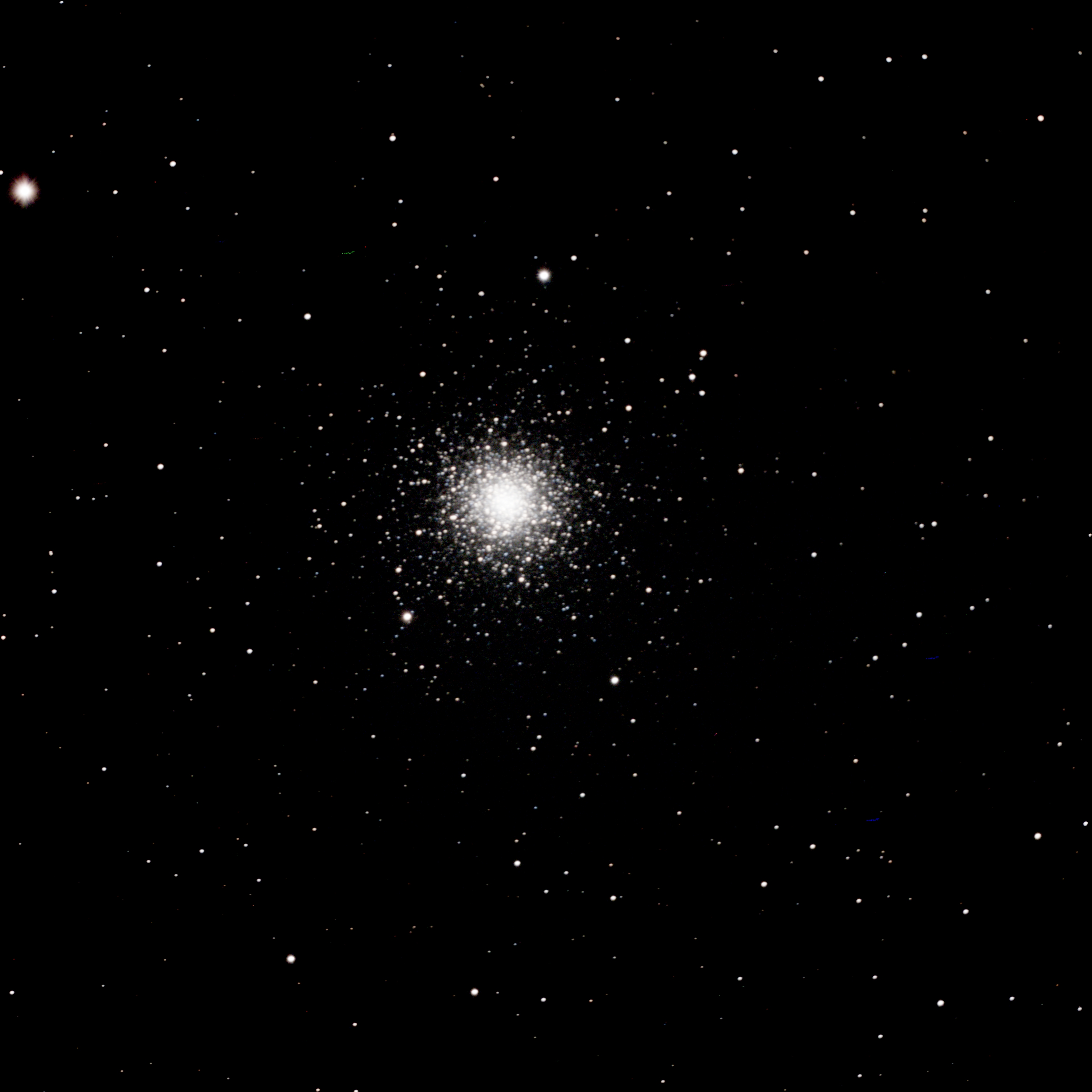
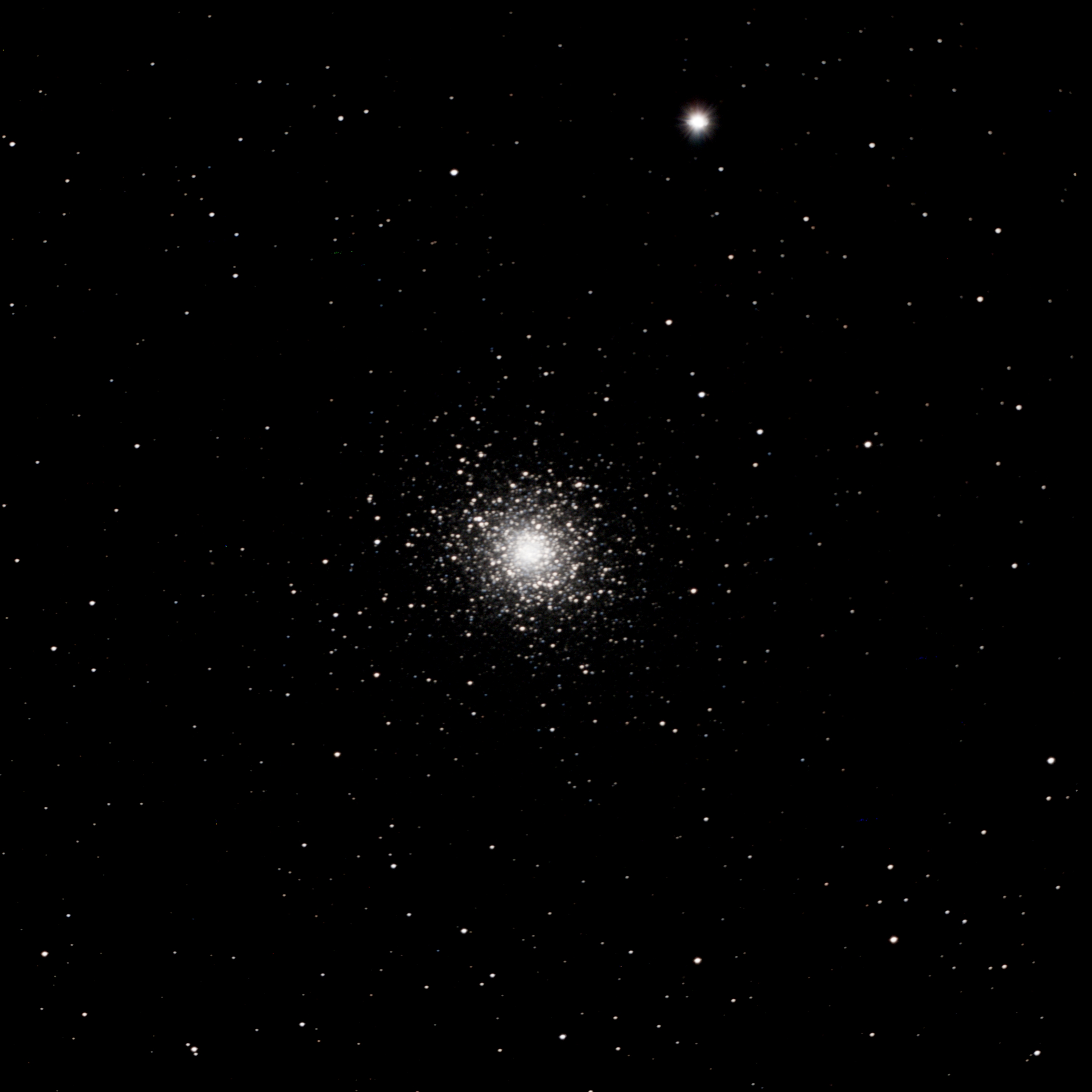
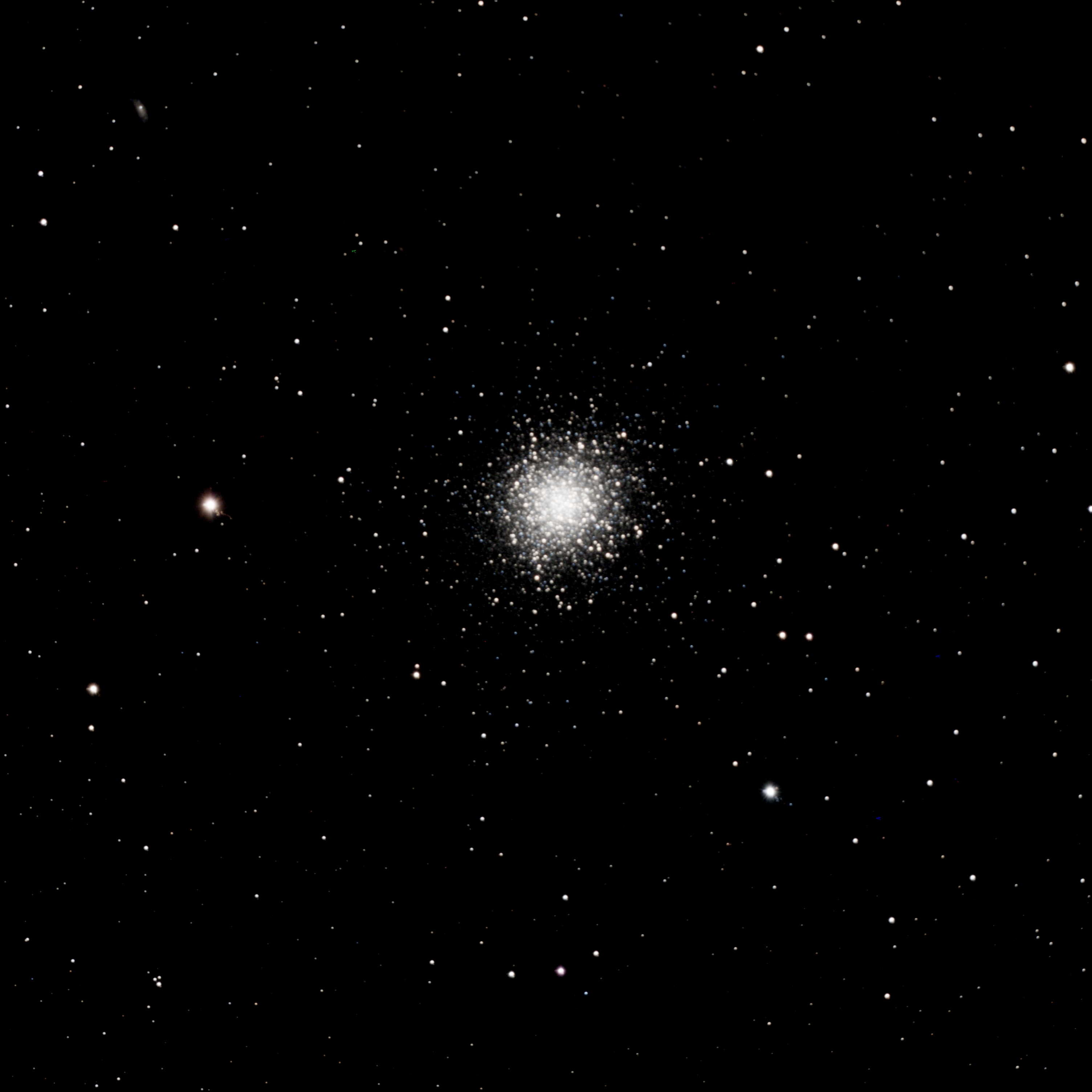
From left to right is M3, M5, M13
Double Cluster
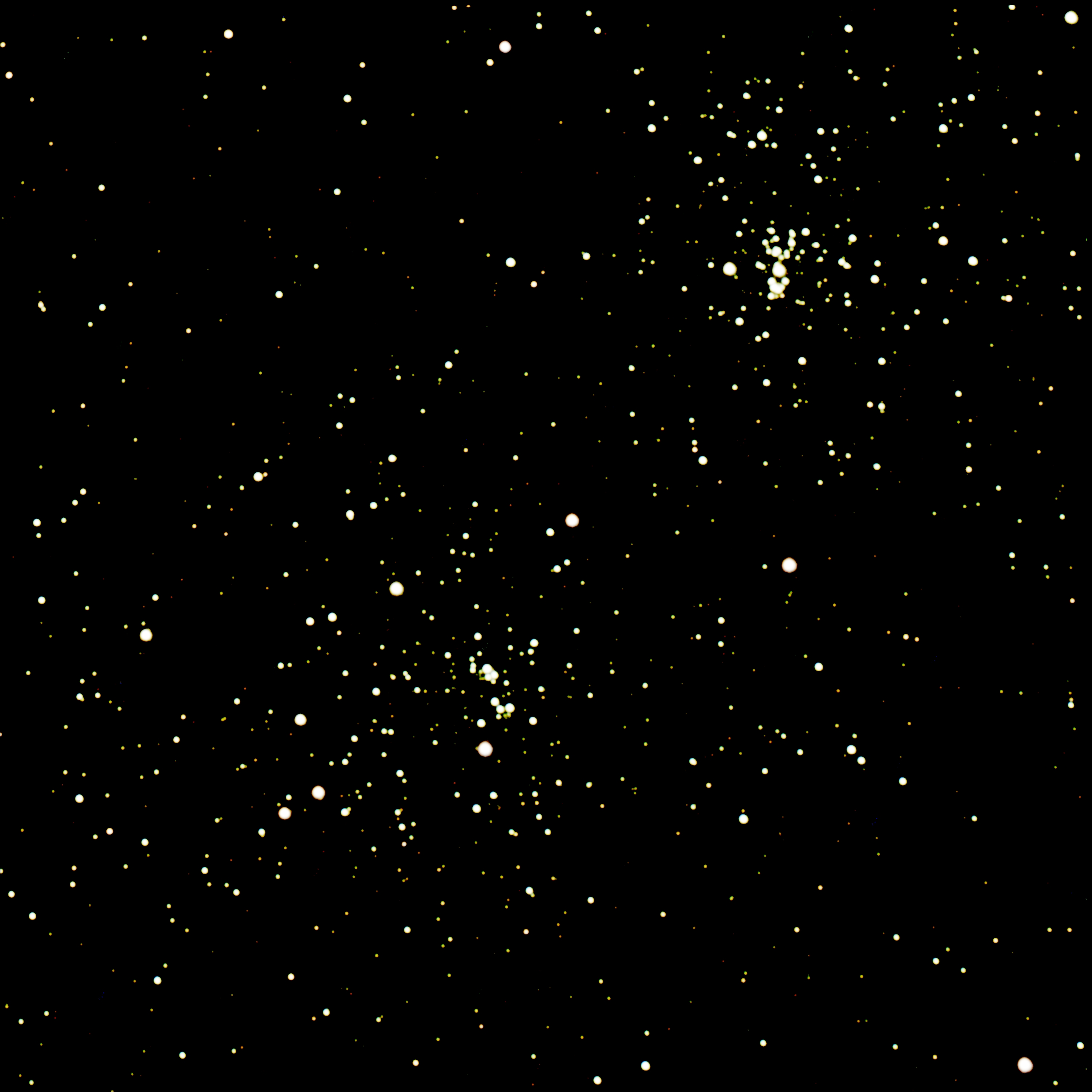
Double Cluster NGC884. 12 stacked 30 second images.(6 minutes).
Galaxies
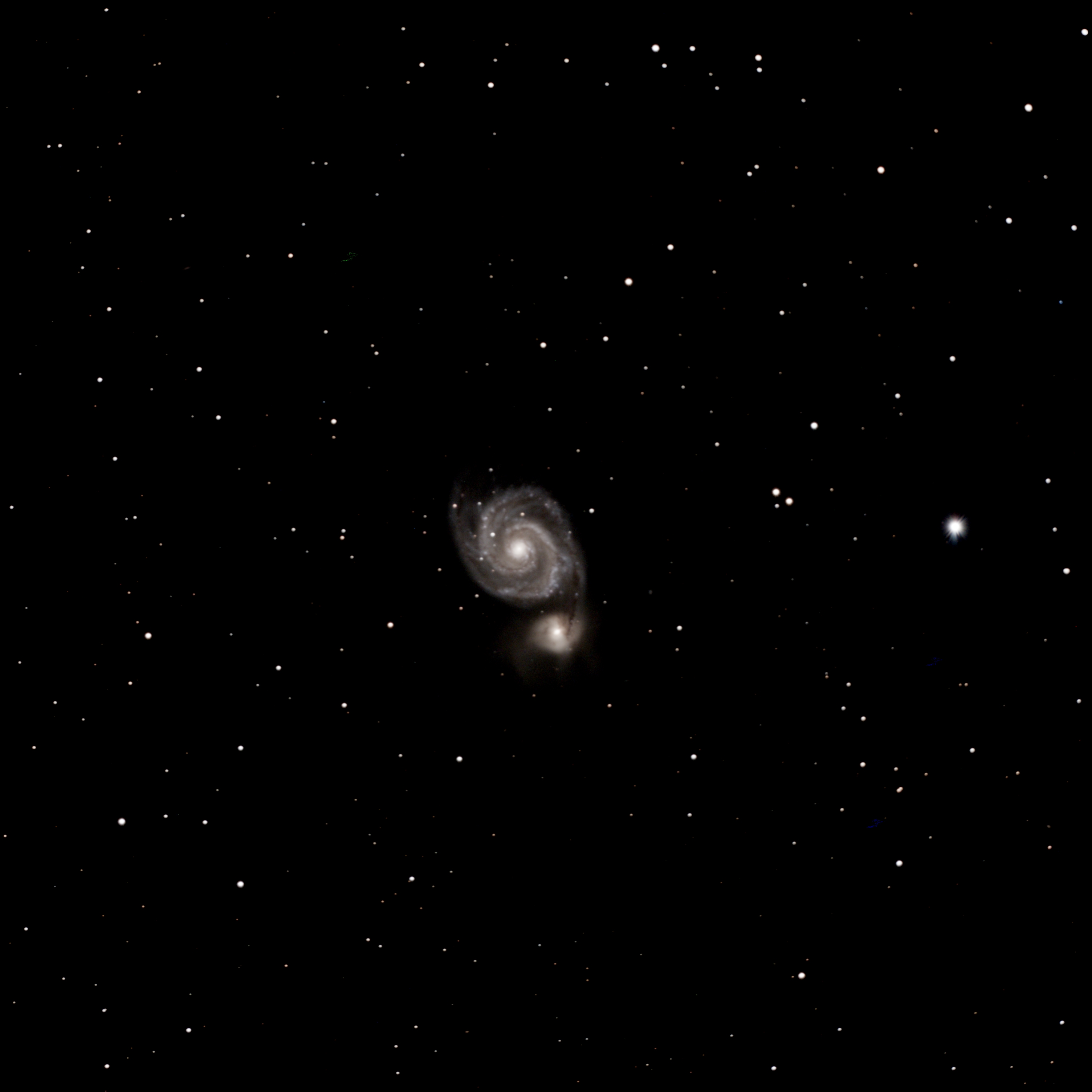
Whirlpool Galaxy (M51). 150 stacked 30 second exposures (75 minutes).
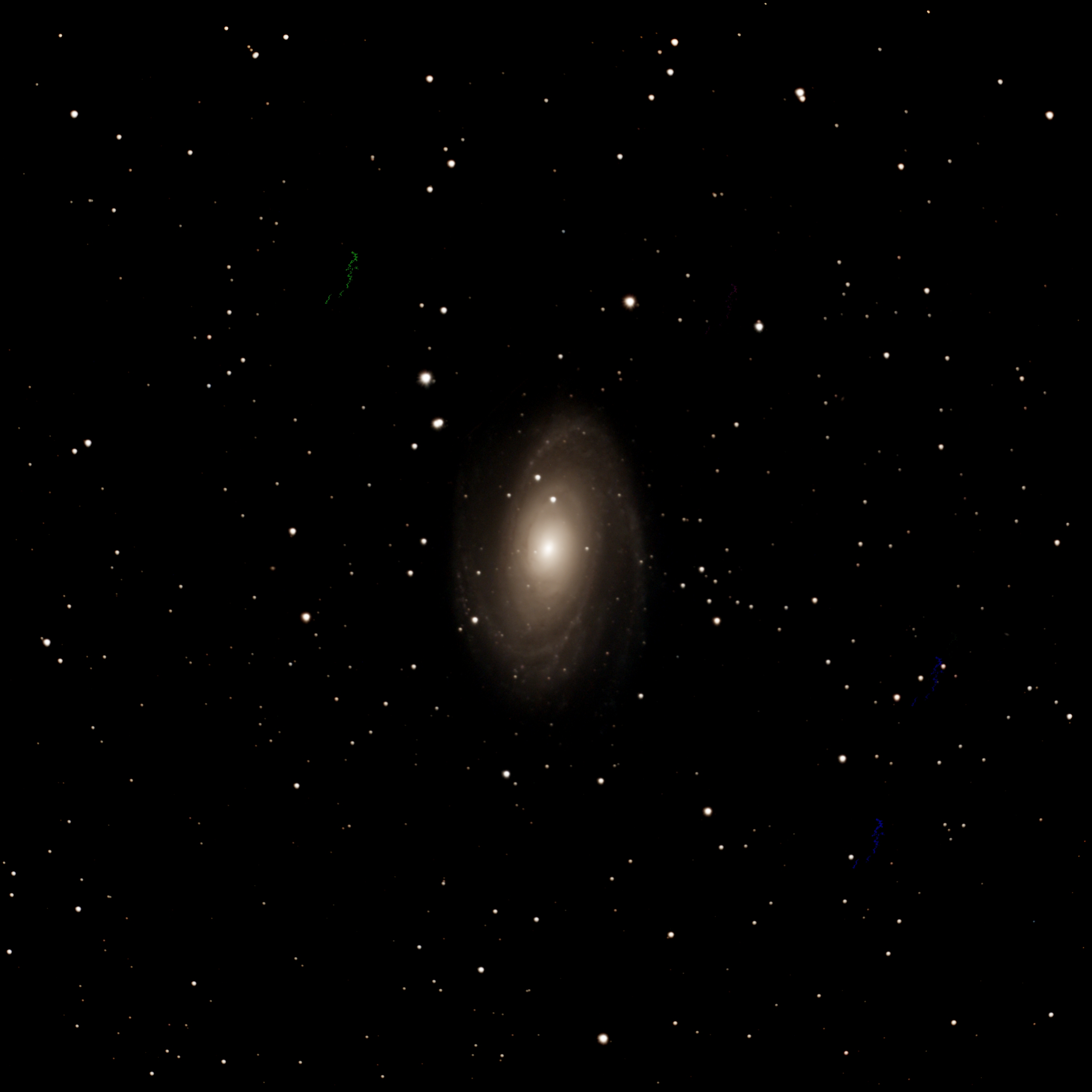
M81. 253 30 second shots live stacked (126 minutes).
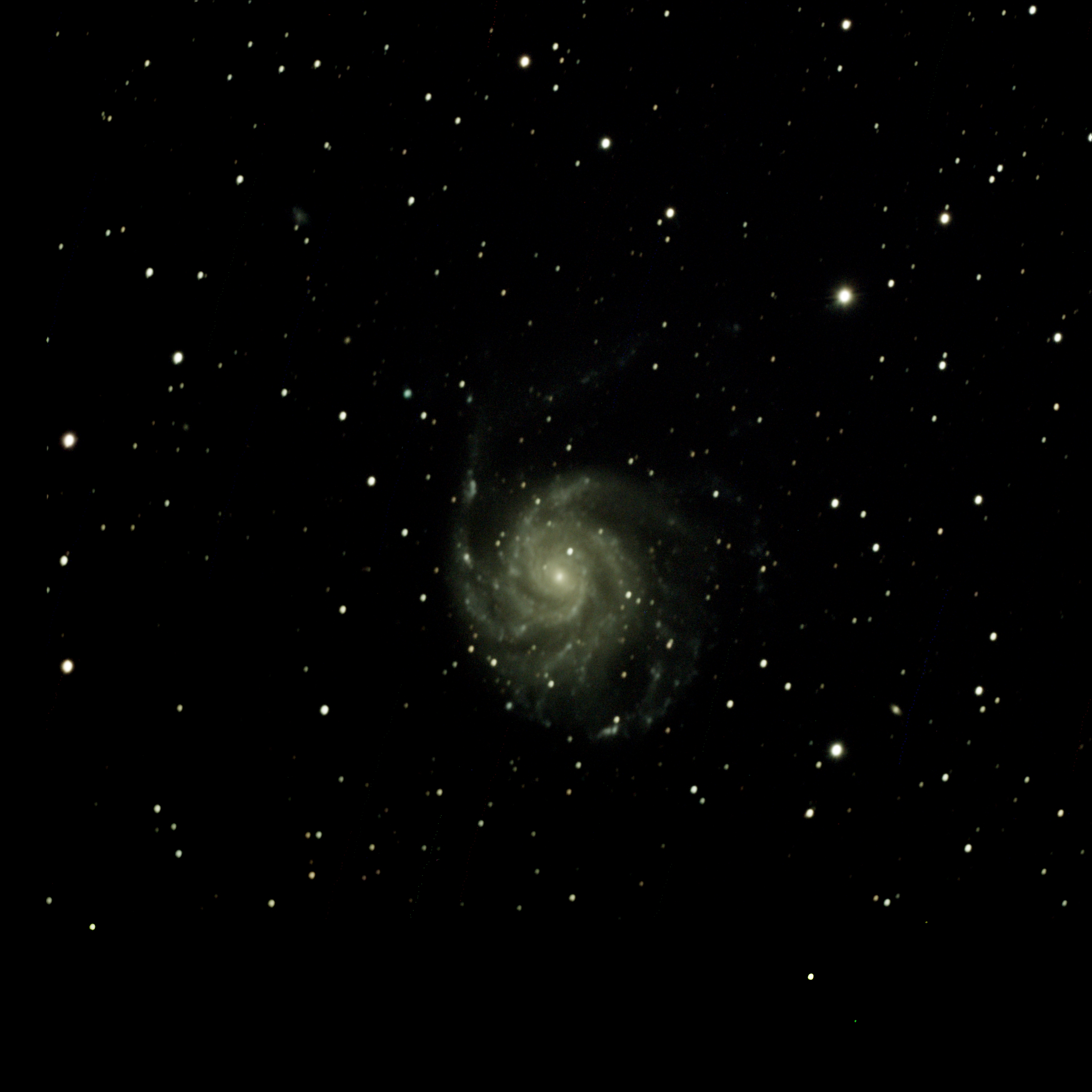
Pinwheel Galaxy (M101).
This is 40 stacked 30 second exposures(20 minutes).
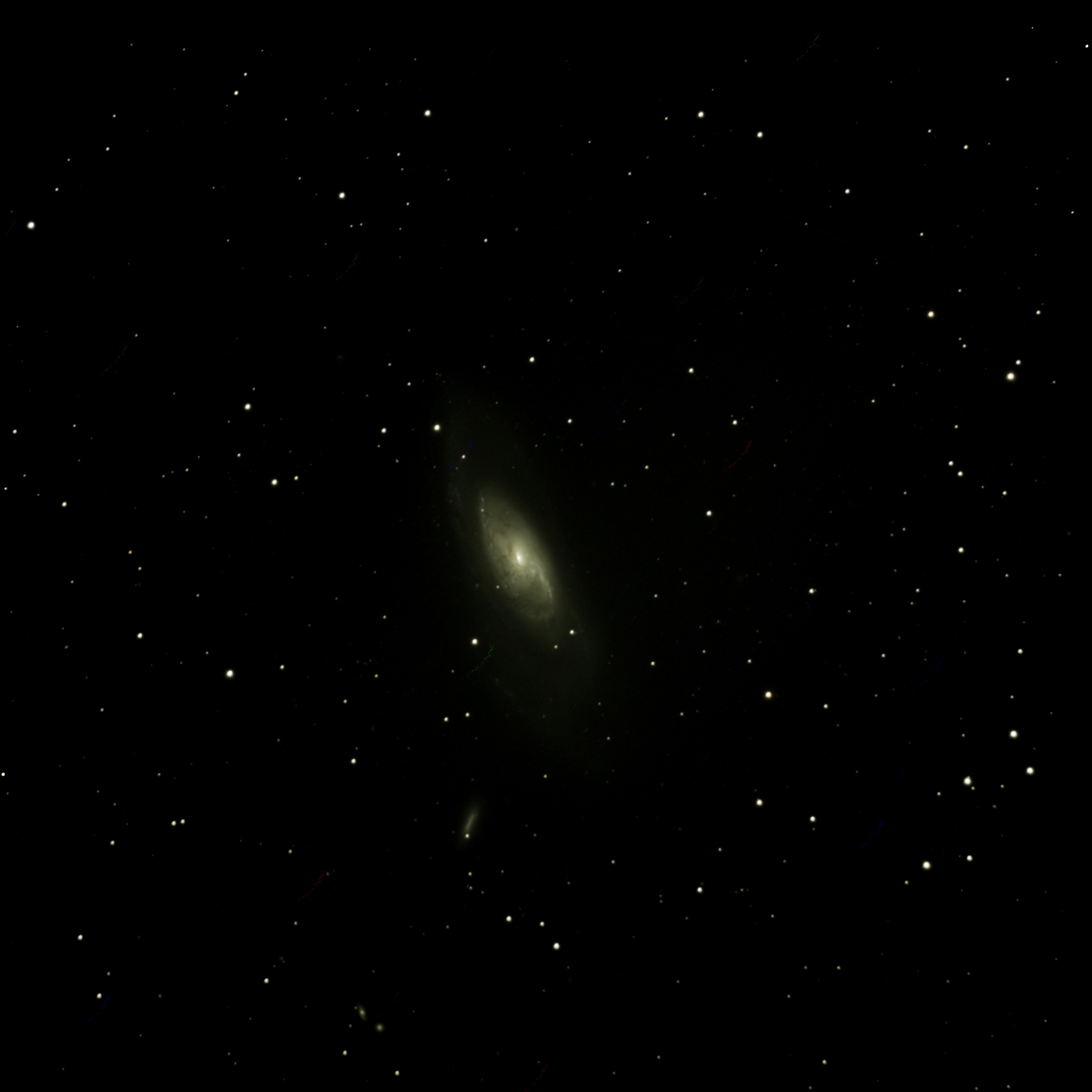
M106.
169 stacked 30 second exposures(84 minutes).
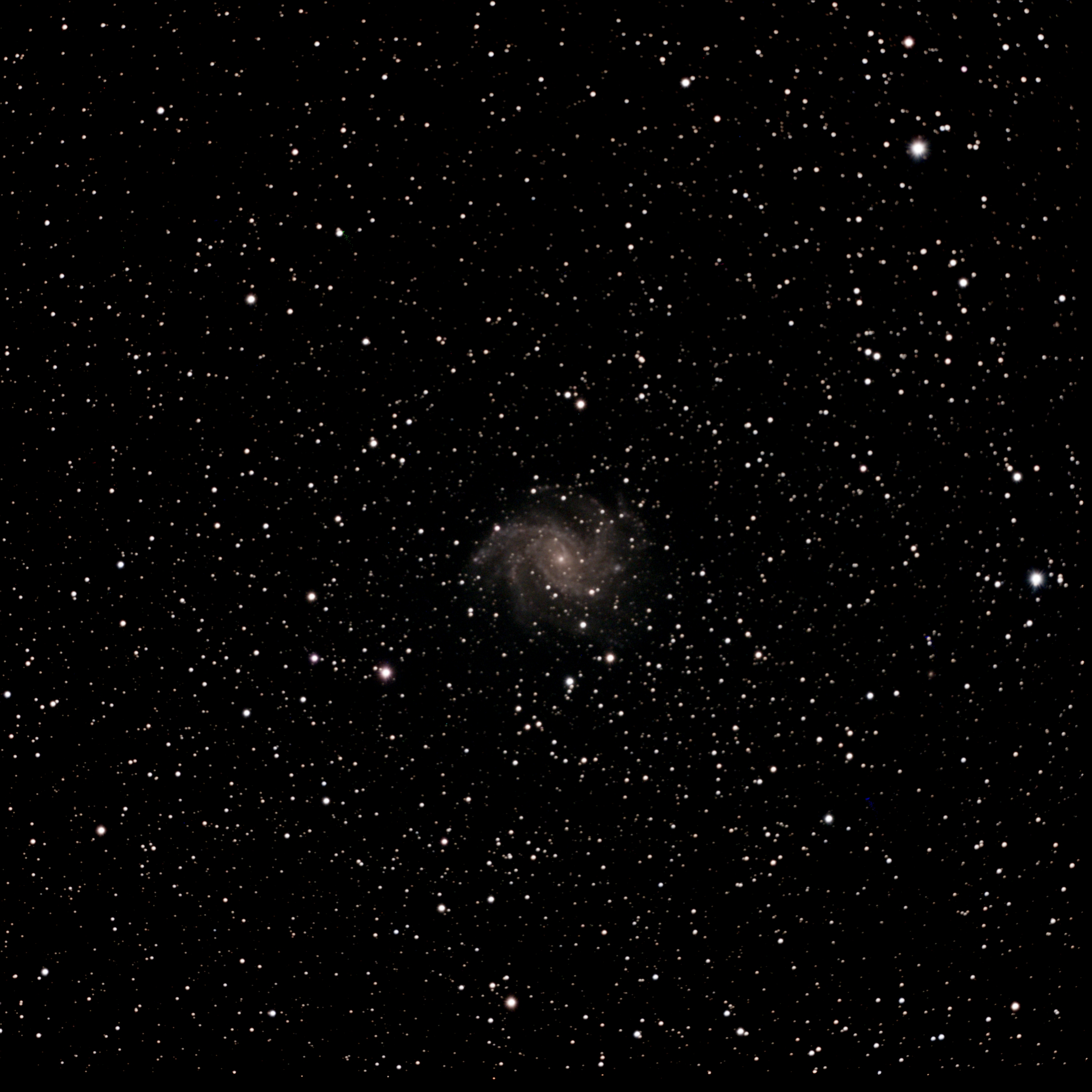
Fireworks Galaxy. AKA NGC 6946 AKA Caldwell 12.
73 stacked 30 second exposure(36 minutes).
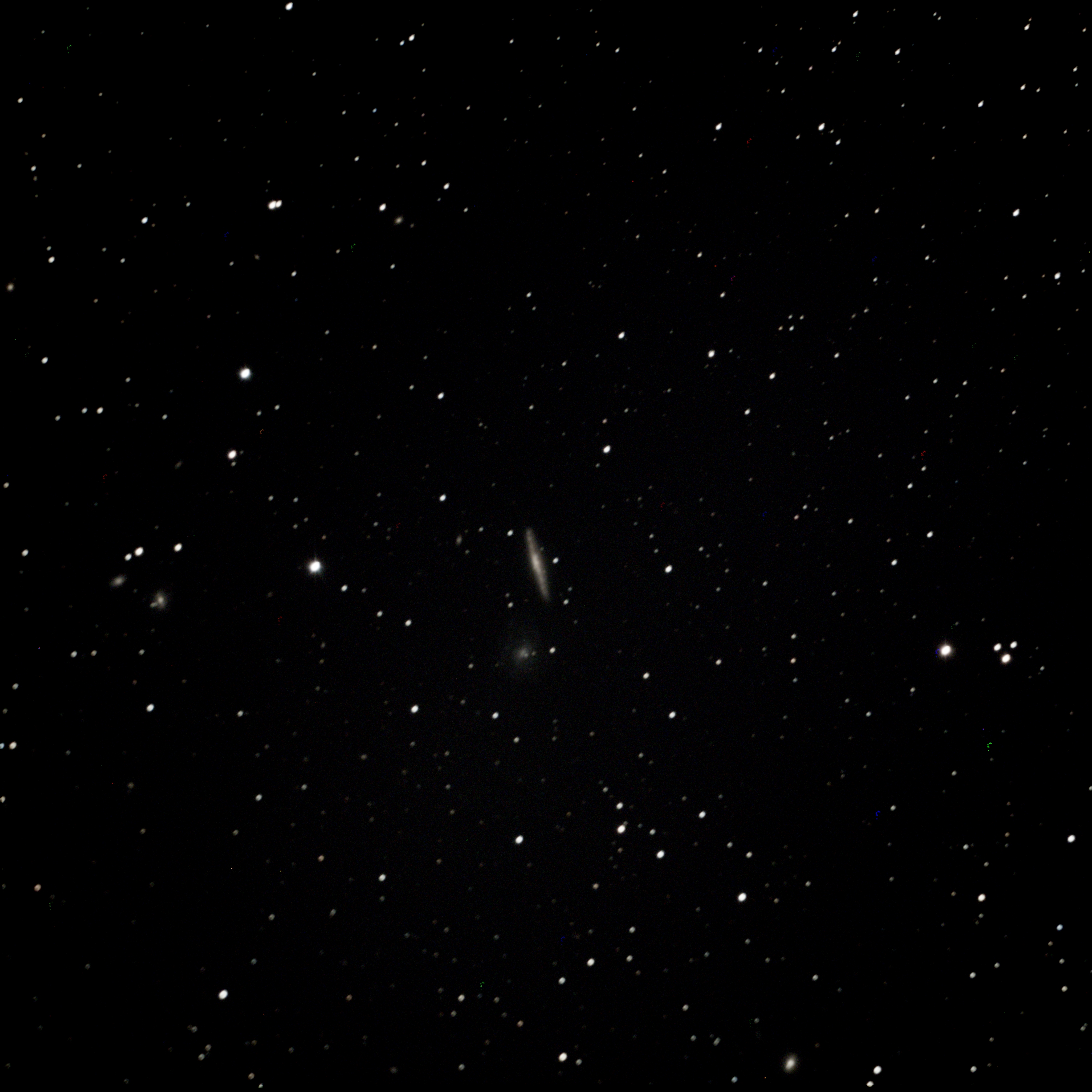
NGC5775 swallowing up NGC5774. 10 stacks of 60 seconds(10 minutes) images. Need a LOT more time to get this to look correct.
Comets
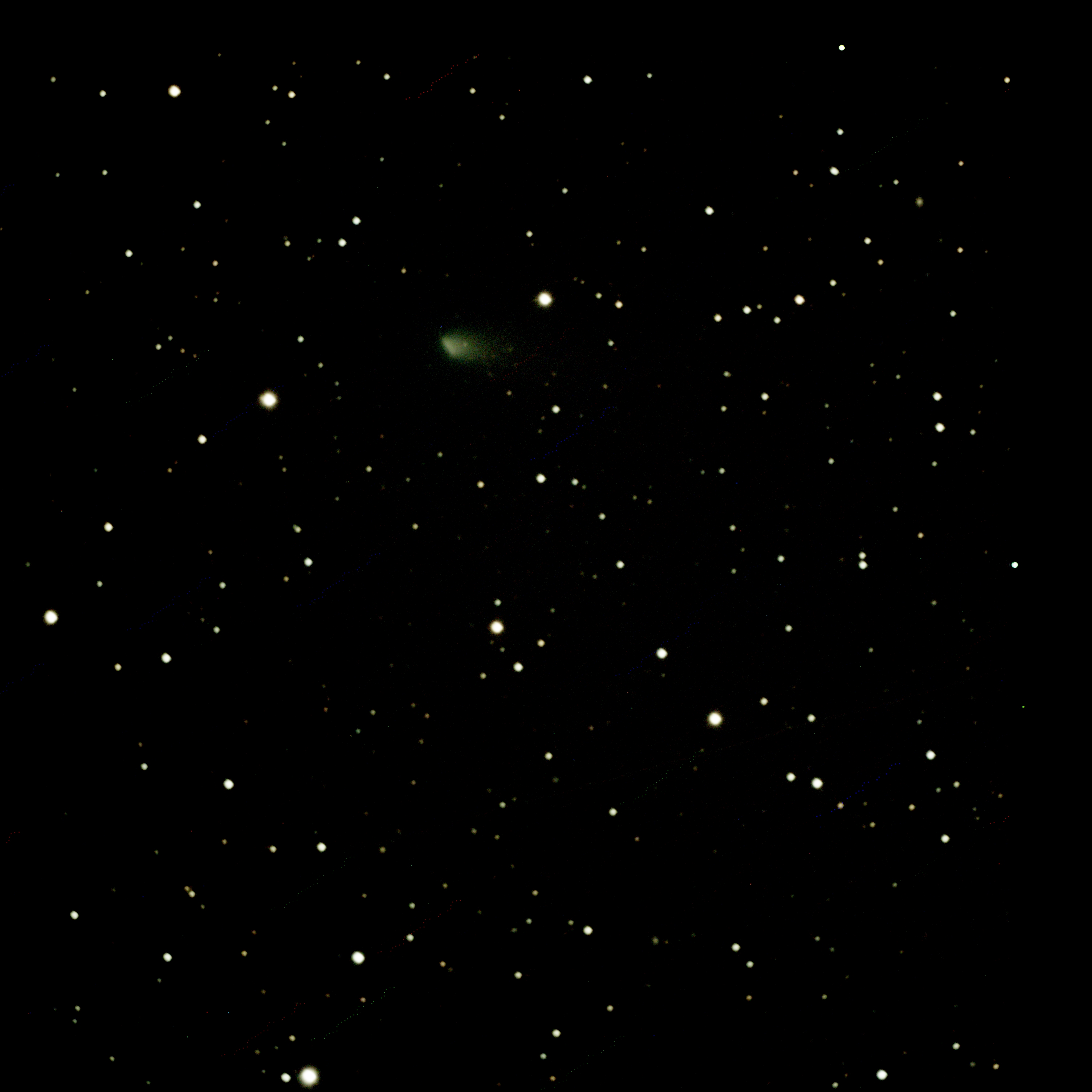
Caught a Comet, C2020 R4, the other night in New Harmony. 26 stacked 30 second exposures (13 minutes).
Nebulae
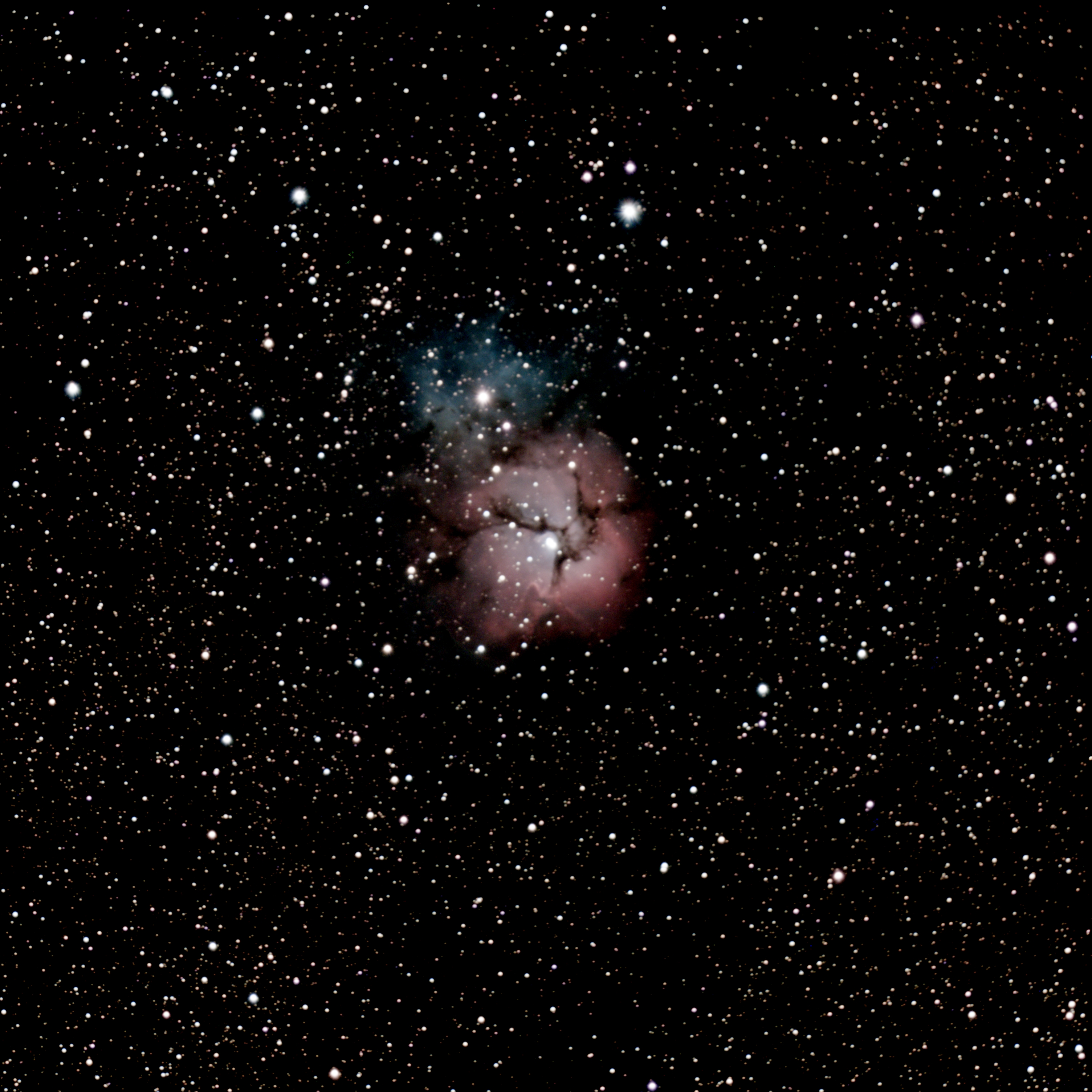
Samsung Galaxy M20, NOT. This is the Trifid Nebula! Discovered by Charles Messier in 1764, M20 is a star-forming nebula located 9,000 light-years away from Earth in the constellation Sagittarius.
This is 42 stacked 30 second exposures(21 minutes).
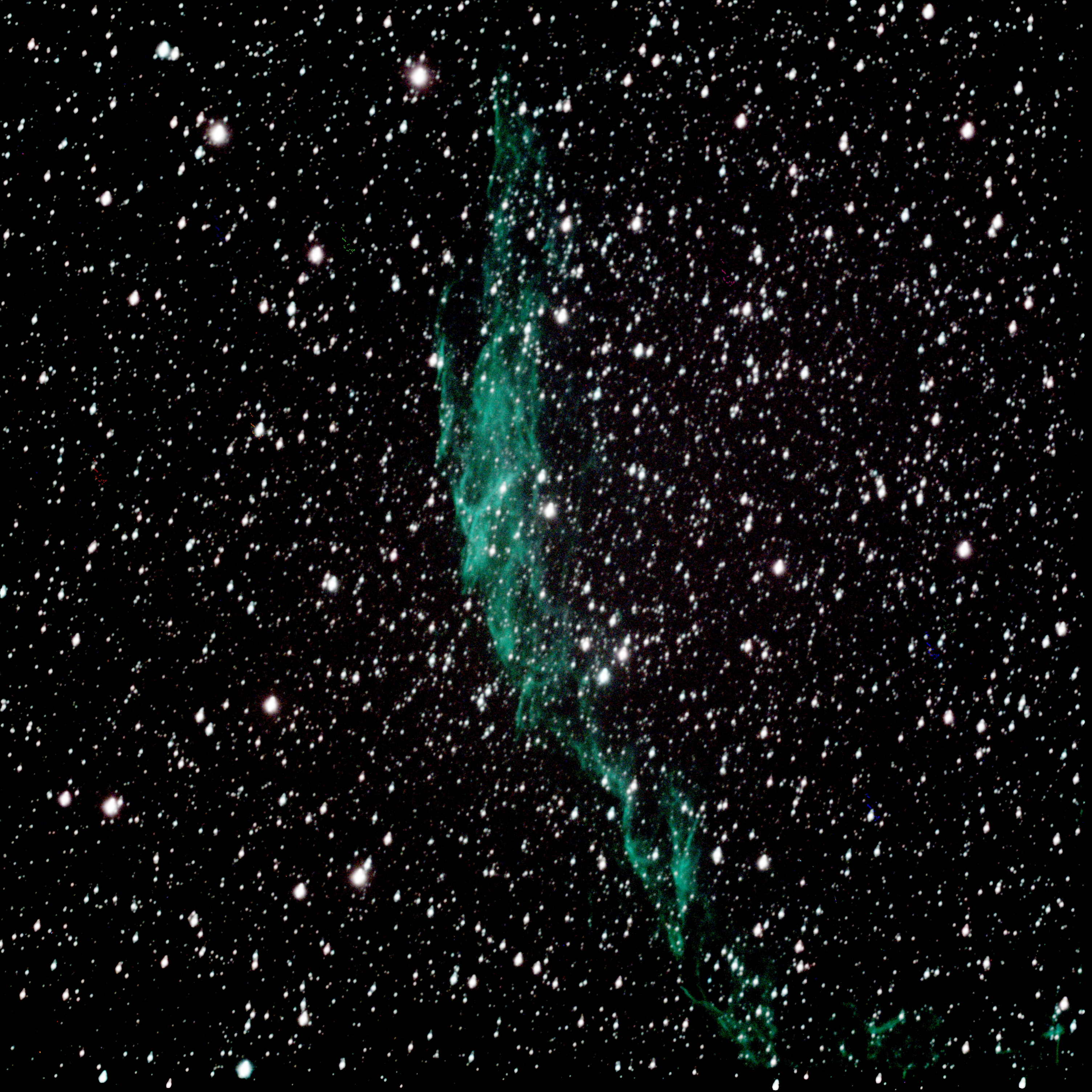
The eastern veil, NGC6992 using orion ultrablock filter. This filter blocks all light pollution and only passes Oiii and H-beta. Even blocks H-alpha which is prevalent in the veil. Thus no discernable red. This is 21 stack of 2 minute exposure(42 minutes).
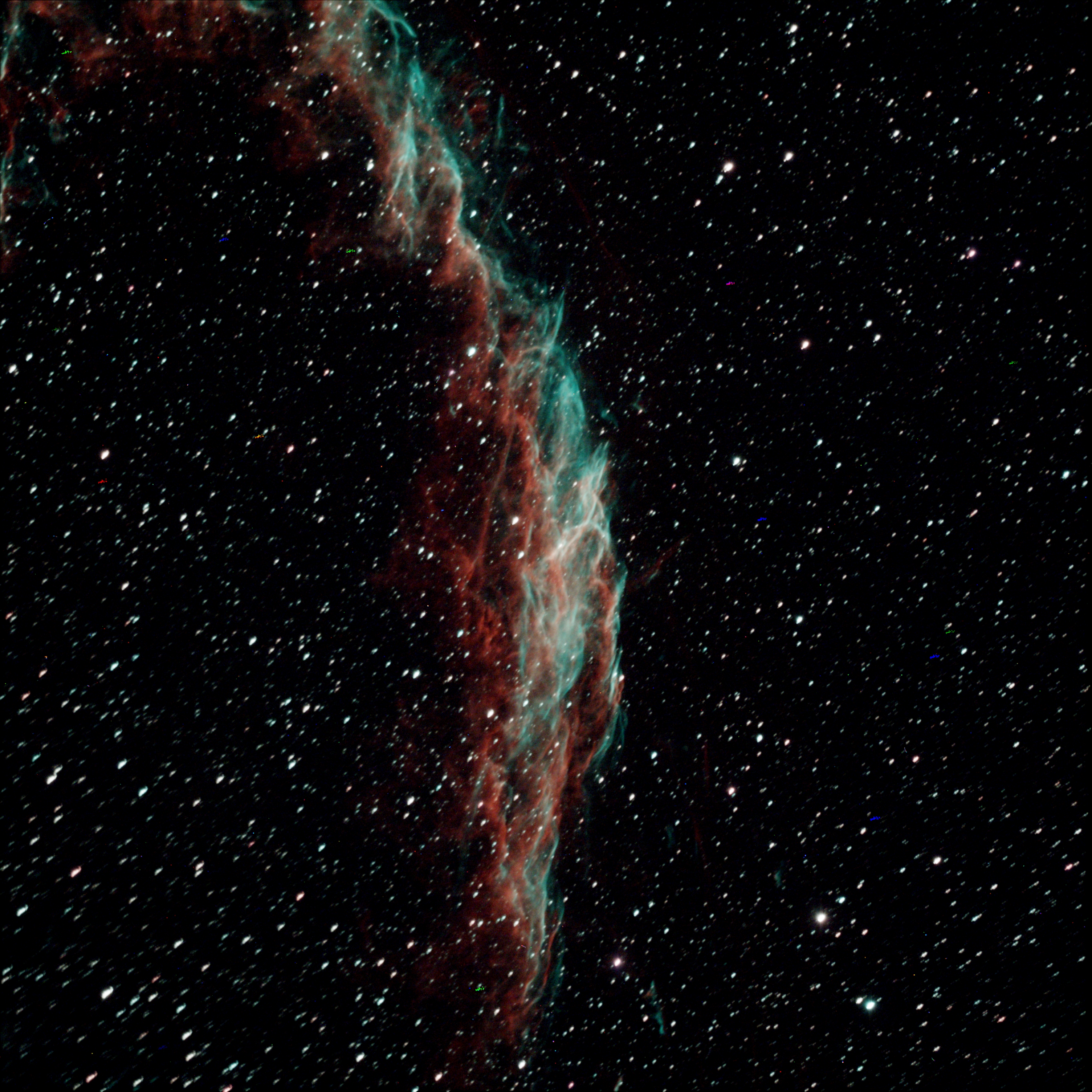
And here is the eastern veil, NGC6992 again, but using Optolong L-Extreme. This filter passes only the Oiii and H-alpha which brings out the reds too.
This one is 25 stack of 2 minute exposure(50 minutes).
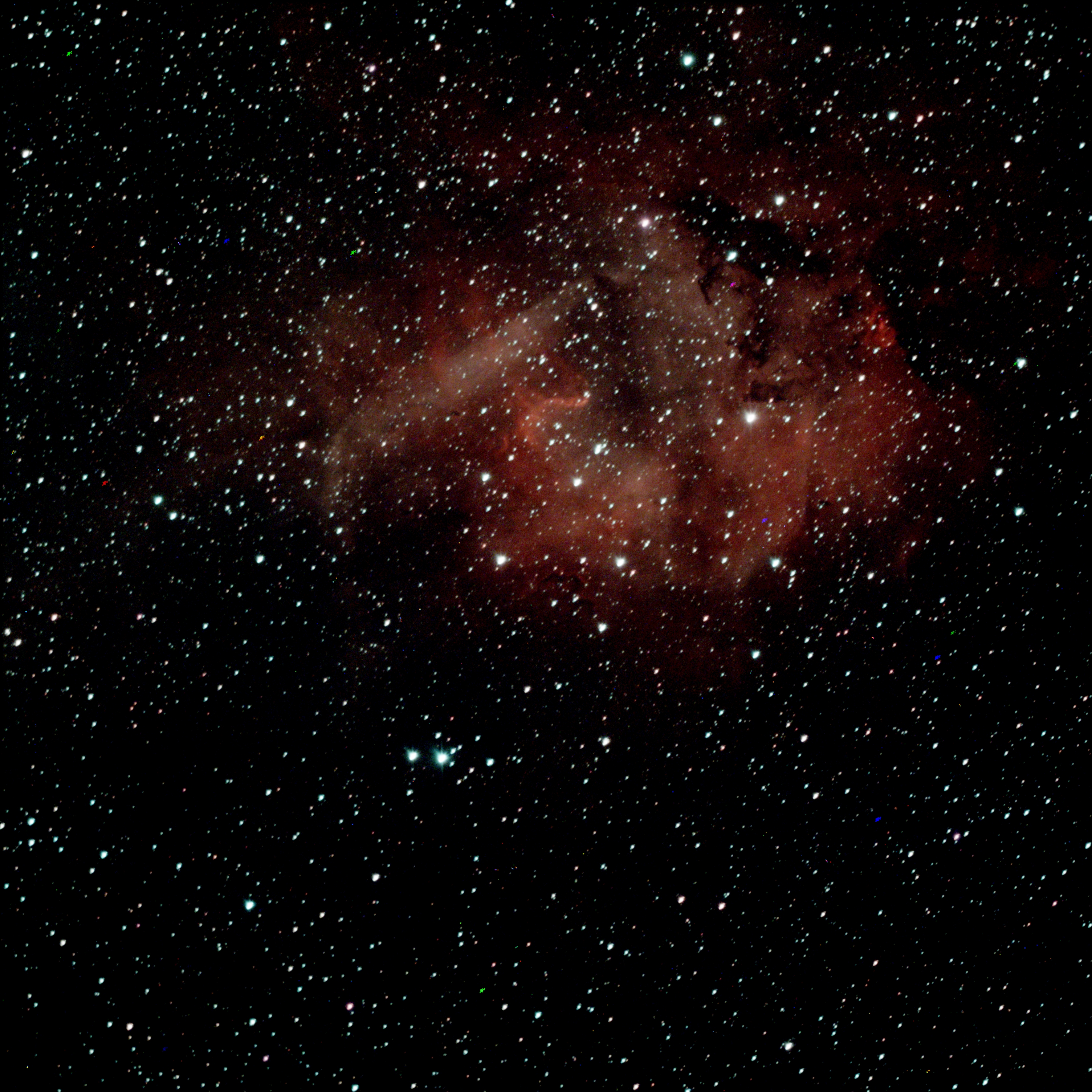
The Lion Nebula, SH2-132. This is 26 stacked 2 minute exposures(54 minutes)
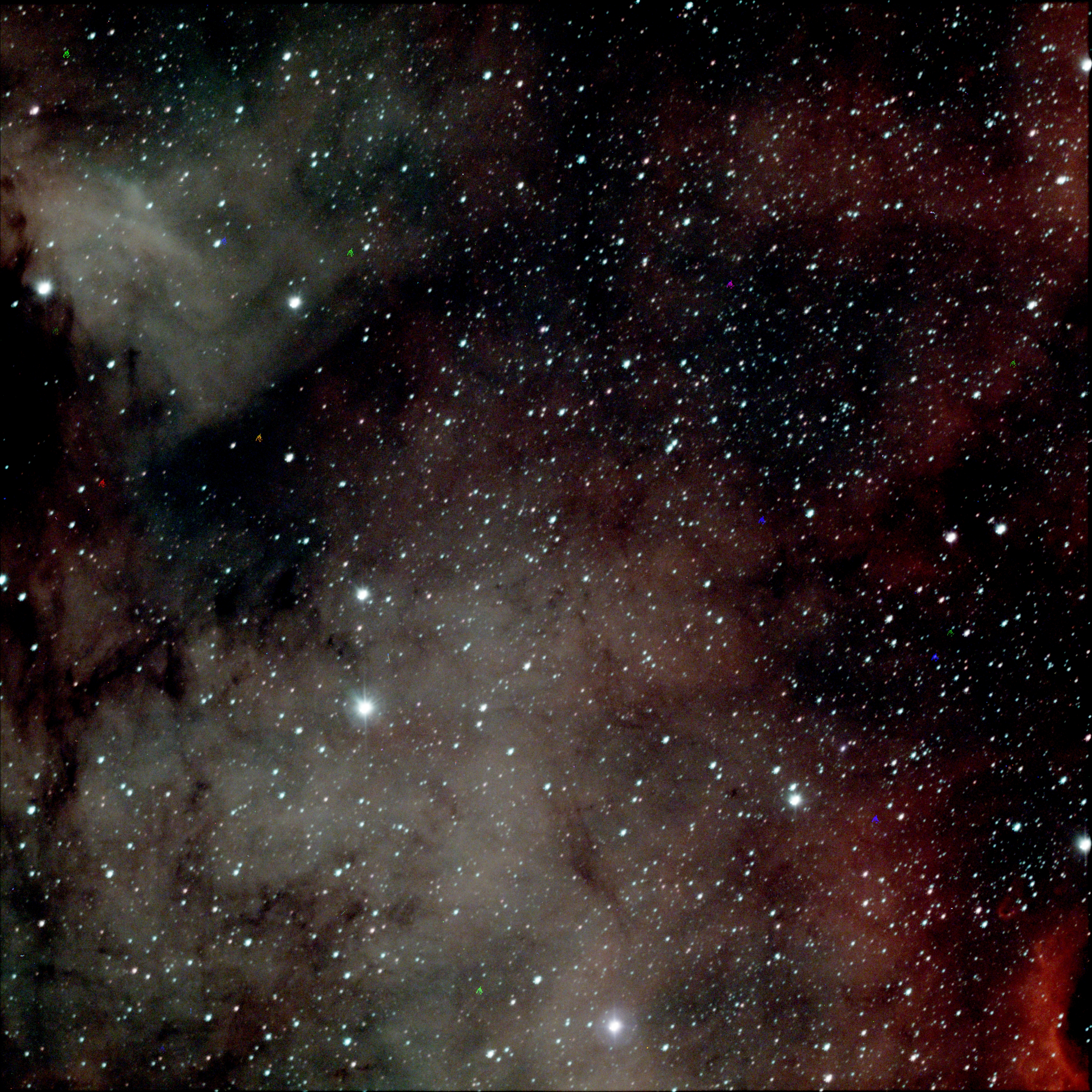
Somewhere in the middle of the North American Nebula, NGC7000.
This is a stack of 30 120 second exposures (1 hour).
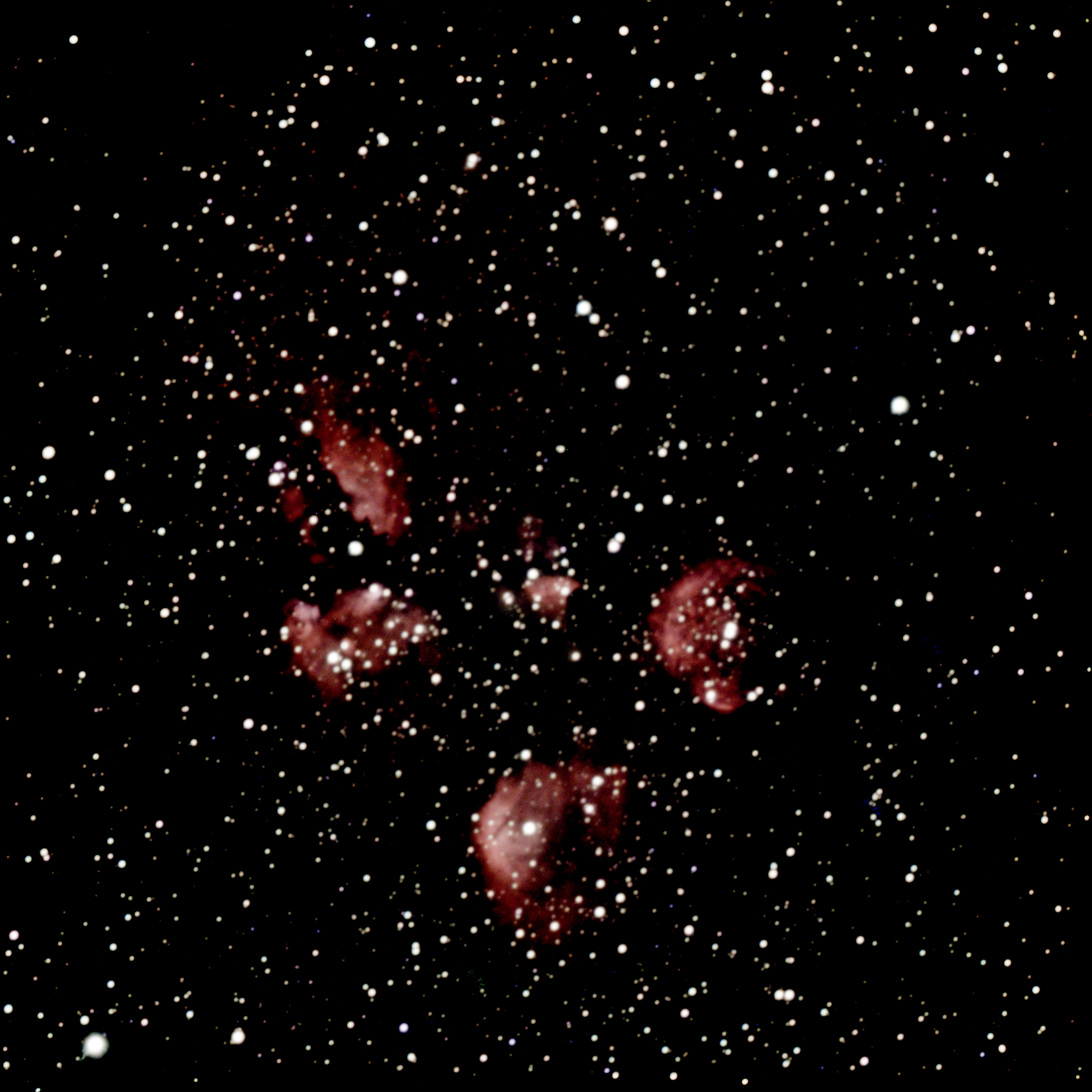
The Cat's Paw, or Bear Claw Nebula, NGC6334. This is a stack of 93 30 second exposures(46 minutes).
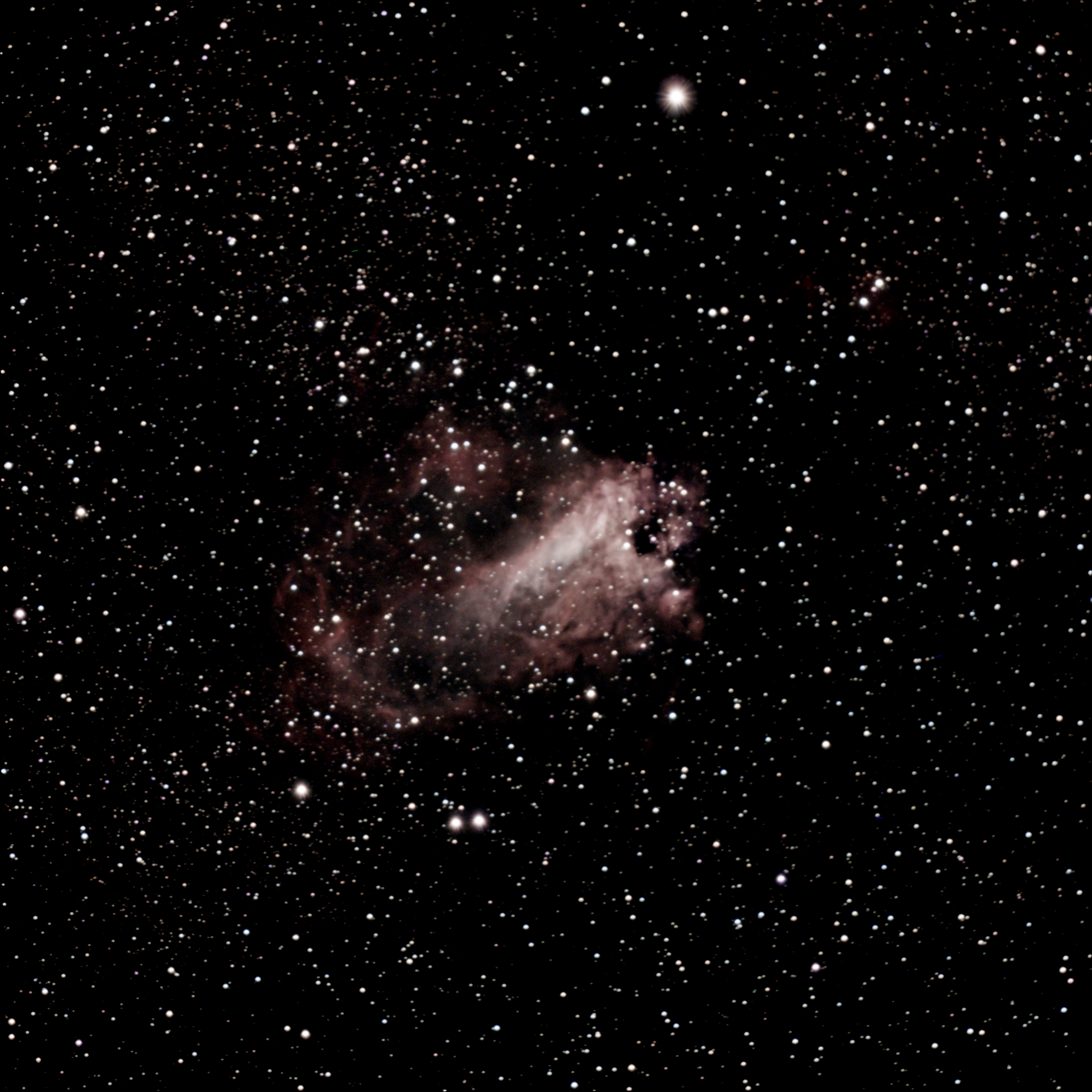
The Omega Nebula, M17, AKA Swan Nebula. 18 stacked 30 seconds (9 minute)
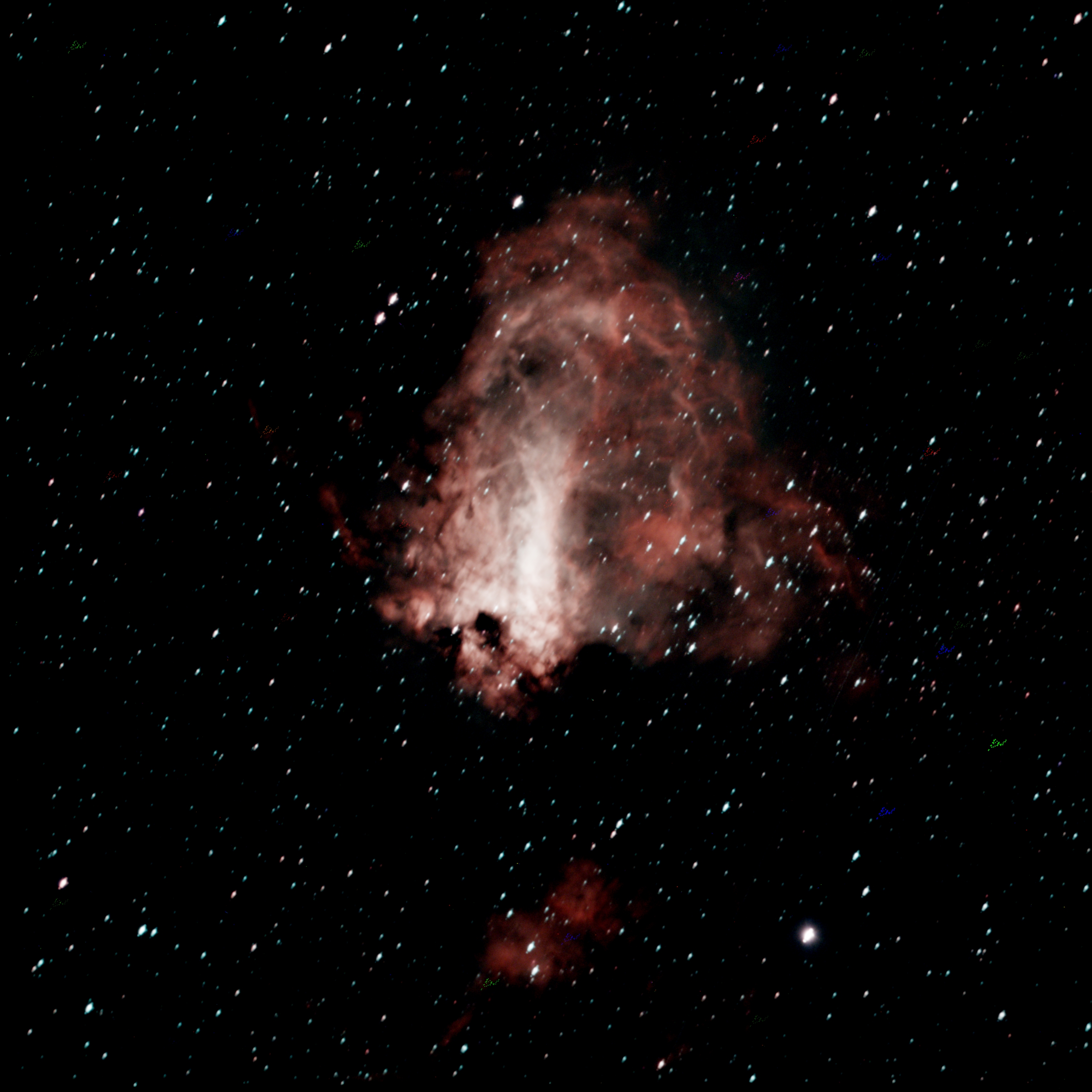
The Omega Nebula, M17, AKA Swan Nebula. 32 stacked 120 seconds. (1 hour 4 minutes). Wow! big difference. Ugh! I bumped the tripod a couple times causing the stretche stars. Oh well. I'm looking at the nebula, not the stars. May run this one again someday.
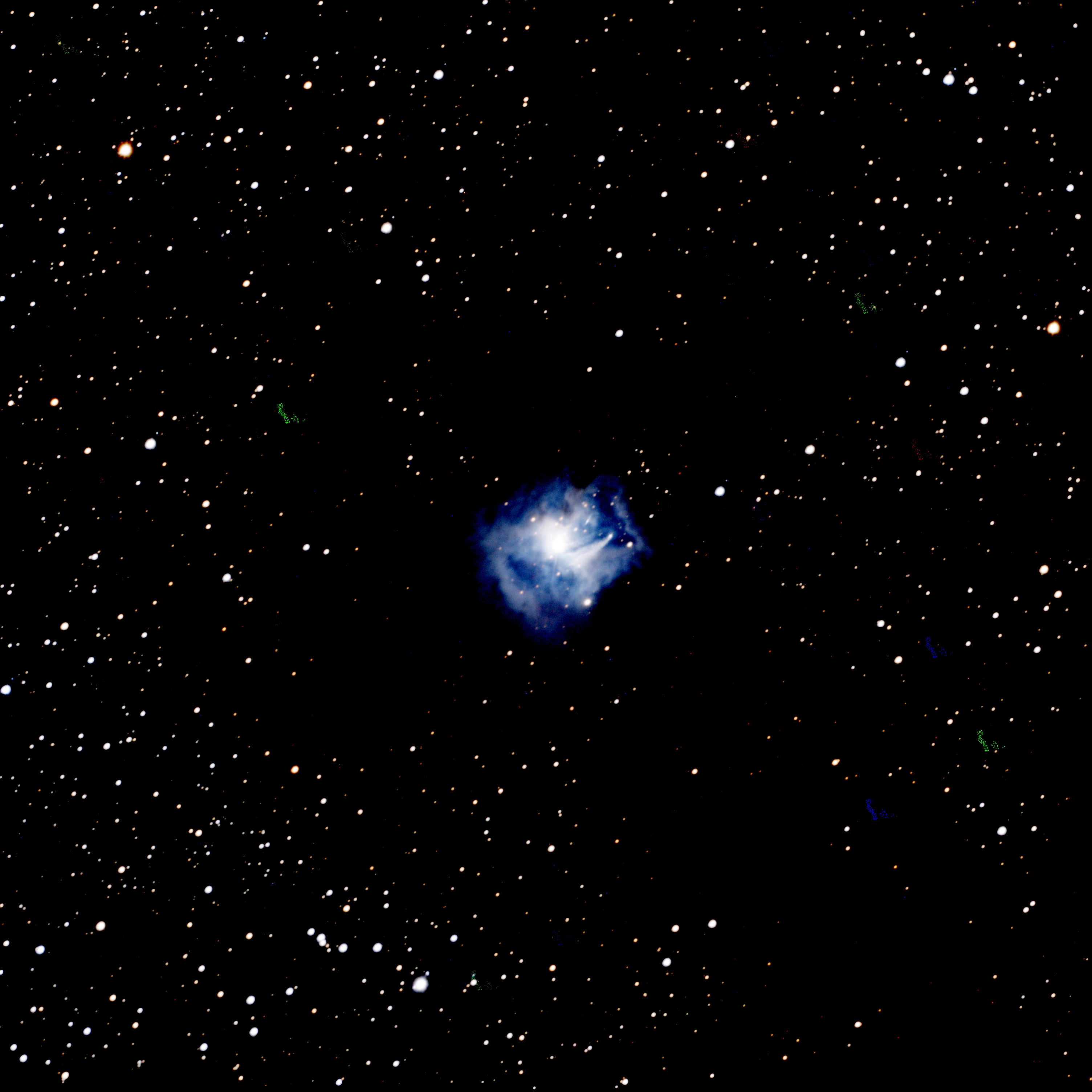
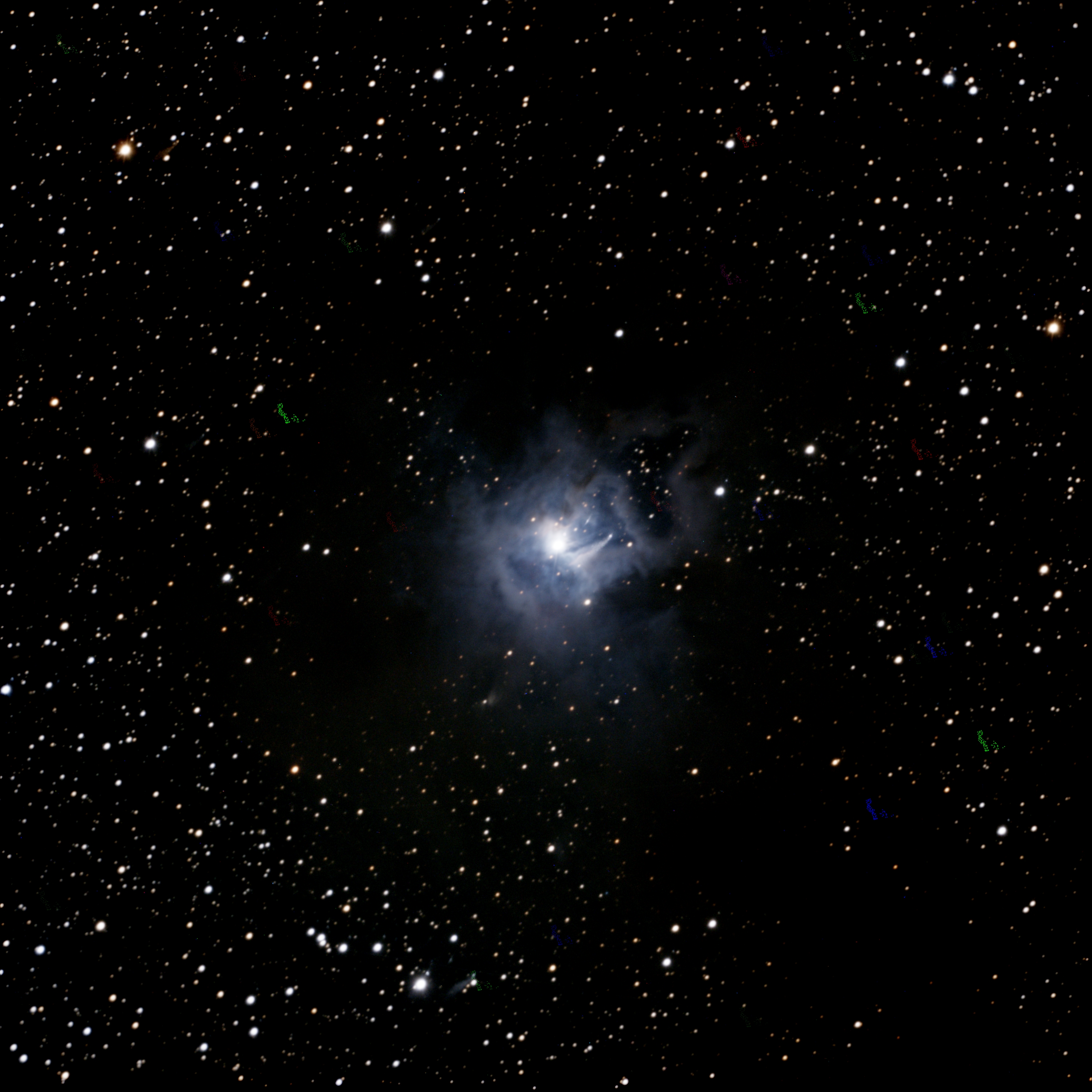
The Iris Nebula is a bright reflection nebula in the constellation Cepheus. The designation NGC 7023 refers to the open cluster within the larger reflection nebula designated LBN 487.
82 stacked 2 minute images( 2 hours 44 minutes ).
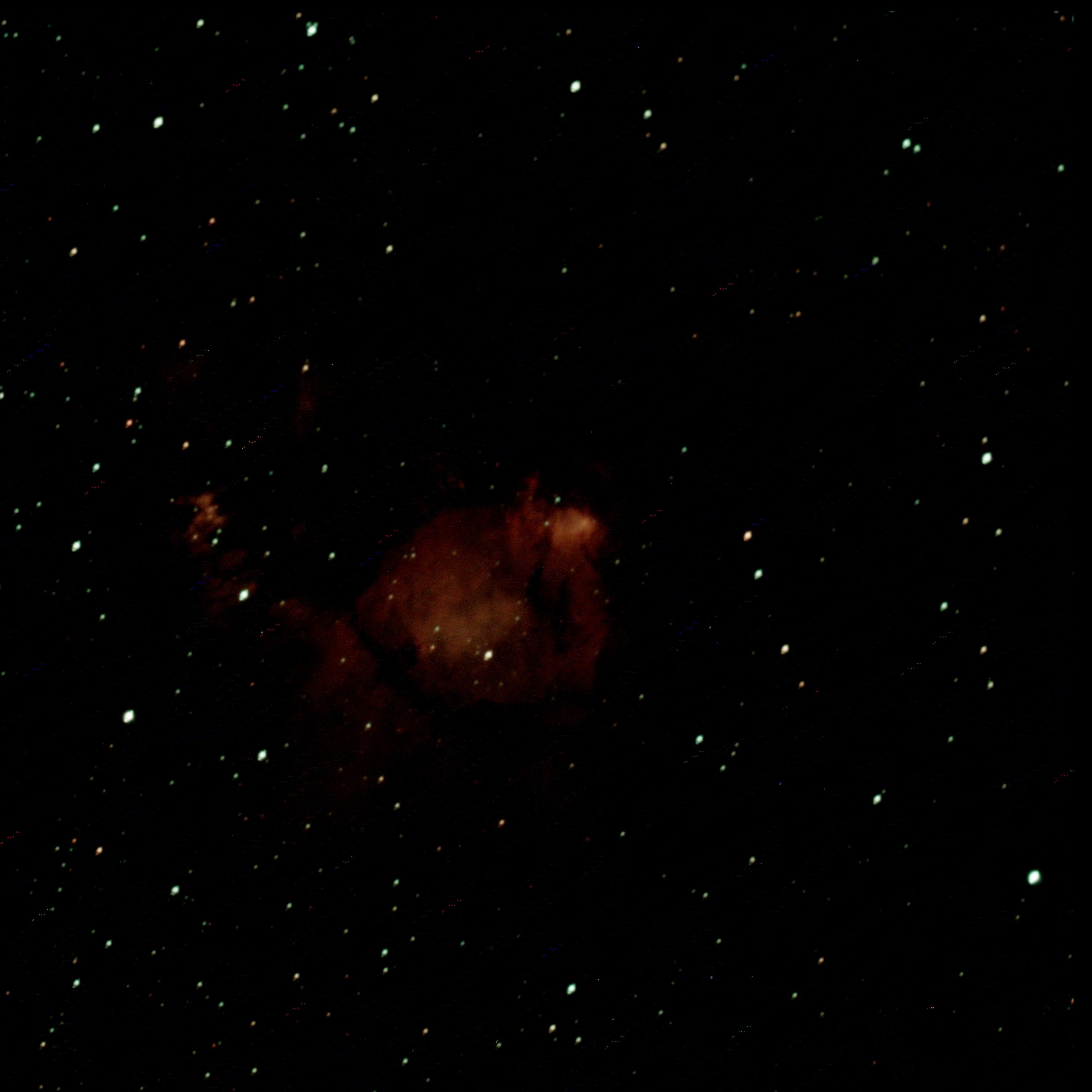
The Fish Head Nebula, IC 1795 in Cassiopeia. This was 7 stacked 2 minute exposures ( 14 minutes ). There is more reddish stuff to this, but I cut it back to enhance the look of the fish head.
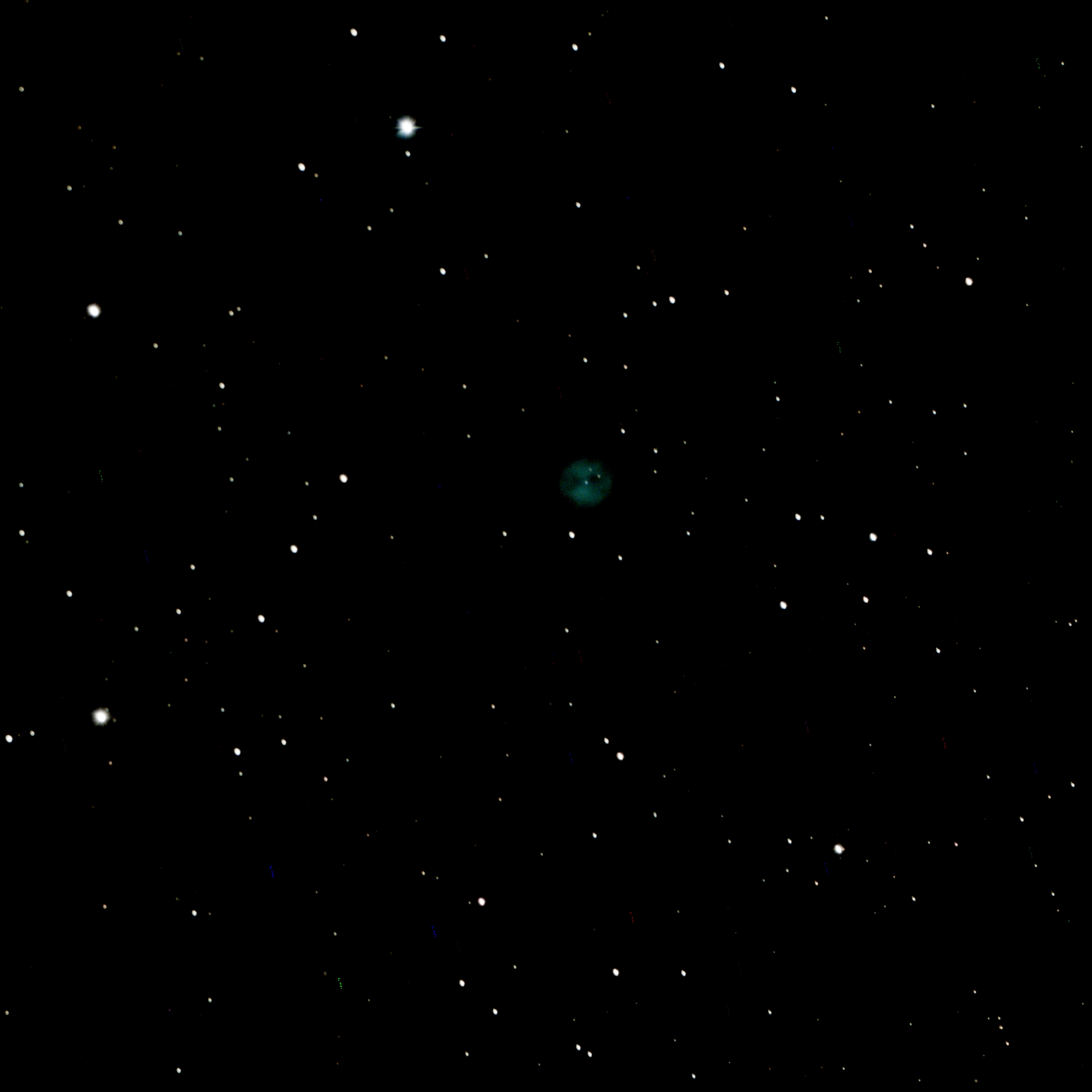
Hoot hoot! The OWL Nebula, M97. Stack of 8 120 second(16 minutes) images.






















